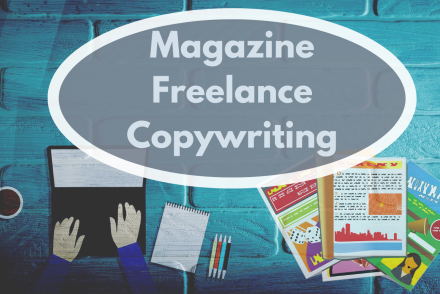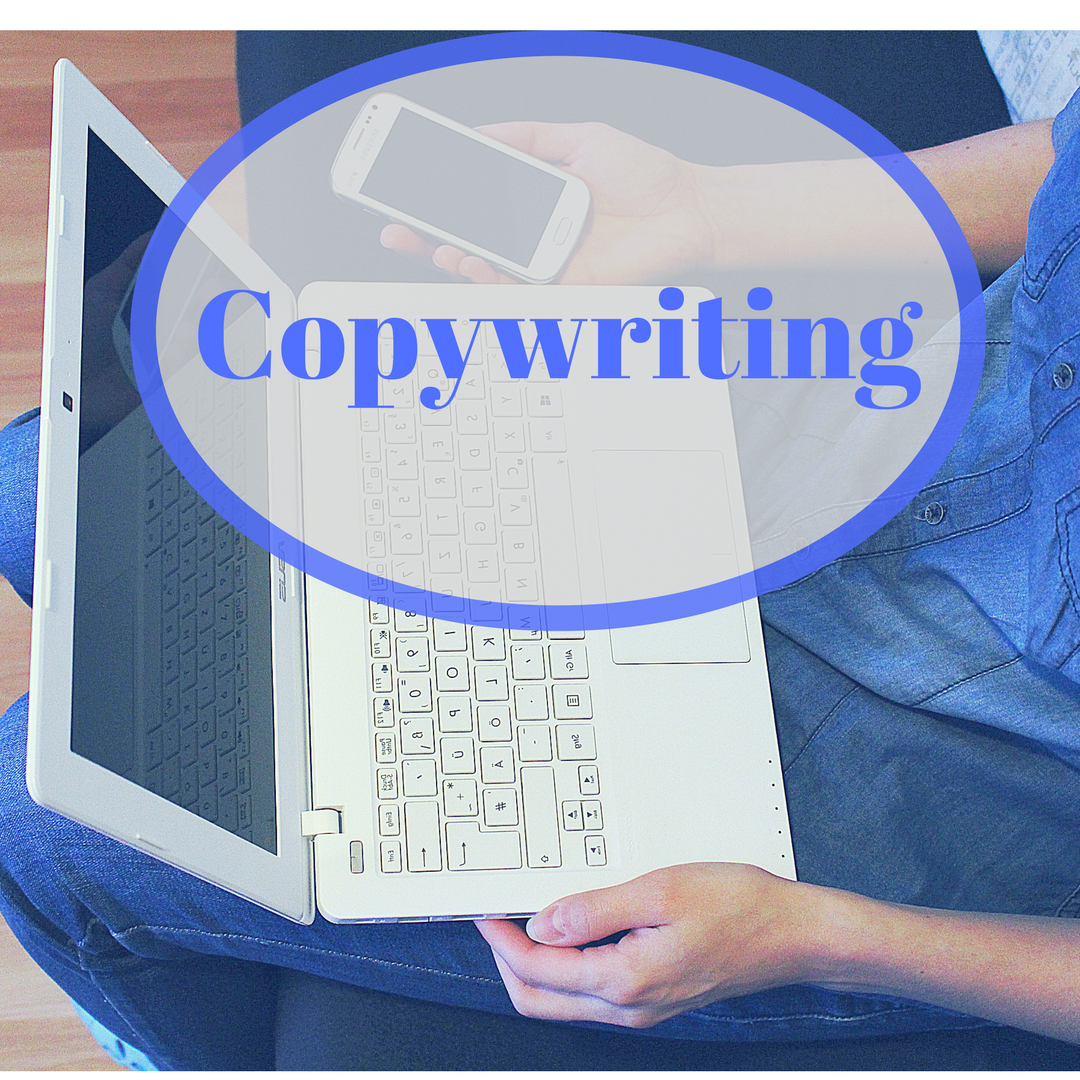
Creative Roadmap for Aspiring Authors: Practical Tips for Crafting and Funding Your Writing Journey
While many might try to dissuade you from embarking on a journey to becoming an author, sticking with it…
February 13, 2025
While many might try to dissuade you from embarking on a journey to becoming an author, sticking with it…
February 13, 2025
Landing your first professional writing gig can feel like an uphill task if you’re an aspiring author. Things can…
October 15, 2024
As a writer, it’s always important to recognize your value. This isn’t just about appreciating your level of talent.…
February 14, 2024
The advent of eReaders and the rise of social media means that, as an eBook writer, you can reach…
July 15, 2023
No matter how long you’ve been writing, you know that your “finished” copy is really nowhere near complete. Once…
January 14, 2023Being a freelance writer today often means seeking a range of creative opportunities. There are certainly few writers today…
September 14, 2022
So, you want to learn how to be a freelance writer? Freelancing is a great option to keep yourself…
September 5, 2021
Working for yourself has its own set of rewards and can be extremely lucrative. Being self-employed means being responsible…
June 28, 2021
I broke into a cold sweat when I read the email. Could it be true? I reread the email.…
May 27, 2018
When you boil it down to the basics, writers and editors are both seeking the same thing: excellent writing. …
September 13, 2017
“Wah wah woh wah wah” Is all I hear at times. I feel like Charlie Brown, a blockhead. My…
August 2, 2017
“Me, write for magazines? Never. I barely have the energy or expertise to write my book, let alone write…
July 28, 2017
I love print magazines and I take a number of them as a subscriber. When they arrive, frequently I…
January 12, 2017
How do you write your magazine article? Let’s explore the details in this article. As a long-time journalist…
November 12, 2016
by Terry Whalin The bulk of my magazine writing is done on assignment. How do you get an assignment?…
September 10, 2016
By: Terry Whalin Many people want to publish their writing. After working as a magazine editor for years plus…
August 11, 2016